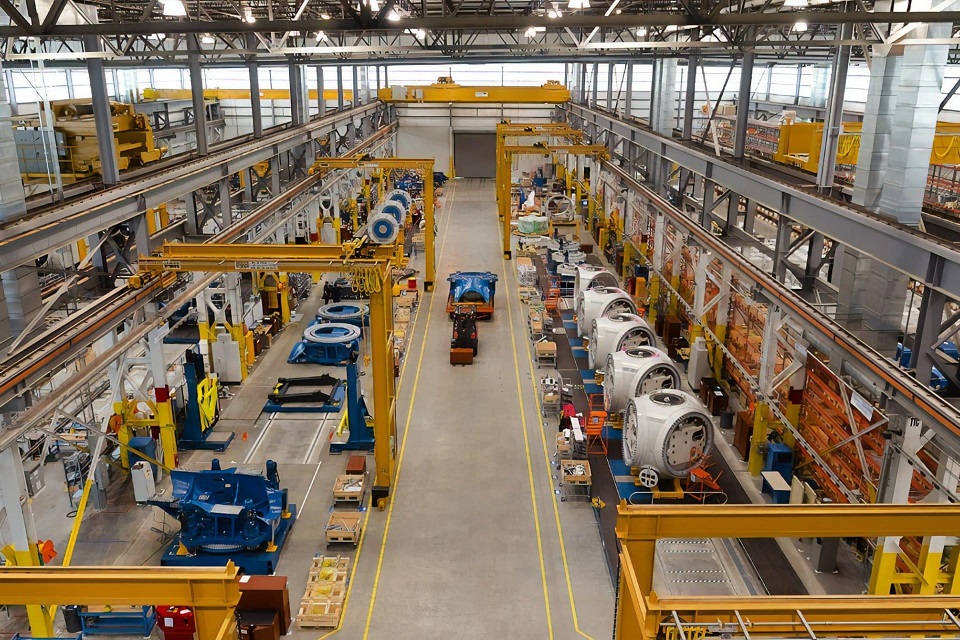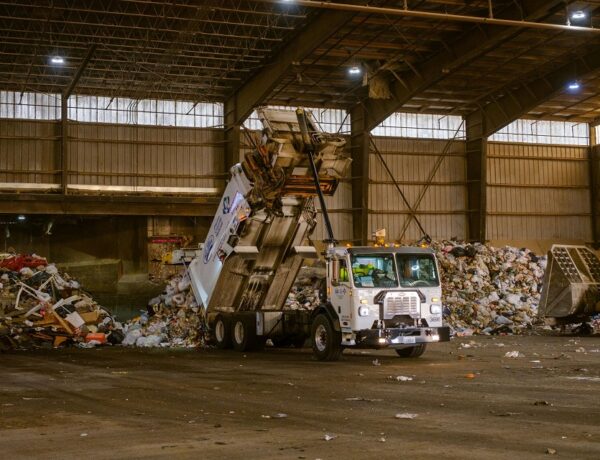Table of Contents
Manufacturing waste hurts the bottom line and is a major environmental concern. Implementing a closed-loop system that recycles your material waste back into its raw materials can cut your disposal costs dramatically and help the environment.
An environmentally friendly manufacturing can reduce your manufacturing waste; start by mapping out your waste streams and classifying the types of waste you generate. Once you understand your waste, make a company-wide plan to eliminate it.
Reduce The Amount Of Raw Materials You Use
The first step to reducing waste in your manufacturing process is to reduce the amount of raw materials you use. This can be done by reducing the number of raw materials you order, ordering only what you need for a given period, or using recycled or reusable raw materials. For example, switch to reusable ones if you’re shipping your products in industrial wire baskets rather than purchasing brand-new baskets.
You should also closely examine your raw materials and see what can be reused or recycled. For example, if your manufacturing plant produces many scrap pieces from making cars, consider setting up a closed-loop recycling system to reuse those cars’ steel and iron components once they reach the end of their useful lives.
Lastly, eliminate inventory waste by bringing in only what your factory needs and eliminating any buffers between steps in the production process (Value Stream Mapping). You can also reduce unnecessary movement around your factory by establishing work areas that are logically organized and limiting the need to move materials between machines (Continuous Flow).
While some types of waste may not seem obvious initially, once identified, they can be easily addressed with lean principles and methodologies. Cutting waste translates to cost savings for your business and makes your manufacturing facility more attractive to potential investors and employees.
Reduce The Amount Of Time It Takes To Produce Your Products
When inefficient manufacturing processes, they can take a long time to produce. This is not only inefficient, but it can also lead to waste. This is why it’s important to improve production efficiency.
One way to reduce production time is to shorten order lead times. This will allow you to get orders out more quickly and reduce the waste your manufacturing process produces.
Another way to reduce production time is to improve the quality of your products. This can be done by implementing a quality assurance system that identifies and prevents errors. In addition, by reducing the number of defects in your products, you can save money on wasted materials and labor.
Finally, you can improve the efficiency of your manufacturing processes by implementing an inventory management system. This will help you forecast demand, track inventory levels, and control costs. It will also enable you to know when it is time to reorder supplies, avoiding costly stock-outs.
Incorporating waste reduction practices into your manufacturing workflows can significantly impact your business and the environment. By mapping out your waste streams and classifying the type of waste you generate, you can develop a plan to reduce it. This can be as simple as adopting a more environmentally-friendly product packaging design or implementing a closed-loop recycling system that returns raw materials to their source.
Reduce The Amount Of Packaging You Use
Manufacturing businesses produce a lot of waste in the form of excess materials, products that are defective or damaged, and unused resources. This waste is often thrown away, ending up in landfills where it can release harmful chemicals and greenhouse gasses into the atmosphere. It can also pollute water supplies and damage natural habitats. Fortunately, there are ways to reduce the waste produced by manufacturing companies.
One way is to use less packaging. This can be done using smaller boxes, recycled materials, or biodegradable packaging. Another way is to make sure that all employees are aware of the importance of reducing waste in the workplace. You can do this by displaying information on bulletin boards and company newsletters. You can also train employees on the best practices for handling and disposing waste.
Another way to reduce waste is to implement lean production techniques. This can help to improve processes and reduce costs by eliminating wasteful activities such as overproduction, unnecessary energy consumption, and defects in final products. It can also help to implement just-in-time manufacturing, which is a production strategy that focuses on producing only the products that are needed when they are needed. This can help reduce inventory costs and the risk of product waste and theft.
Design Your Products To Be Recyclable
Using clean, recyclable materials in your packaging and products is a great way to reduce manufacturing waste. You can also save energy and money by separating paper, plastics, and metals so they’re easier to process. For example, many companies now choose corn-based packing peanuts instead of Styrofoam or air packs. This reduces the waste your business produces while protecting inventory and delighting customers.
Another way to reduce manufacturing waste is to improve your business processes. This could include creating an efficient schedule, utilizing manufacturing software, or investing in productivity consulting to optimize production.
In addition, you can reduce waste by encouraging product recycling and educating your employees on sustainable business practices. In some countries, manufacturers are being held accountable for their products’ environmental costs with EPR laws, which require them to make a profit on the sale of a product while covering the cost of recycling and disposing of any waste created by its creation.
Whether raw materials, energy, space, time, or motion, all manufacturing waste is bad for your bottom line and the environment. By making simple changes to your operations, you can cut down on wasted resources and improve efficiency and quality.





No Comments